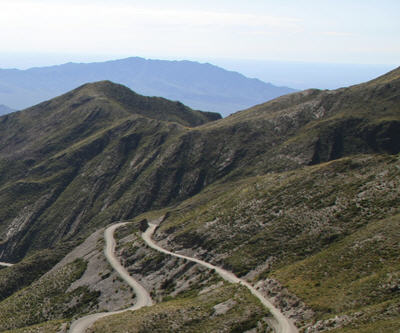
Brazilian giant Vale (NYSE:VALE) on Monday gave a new estimate on the investment needed for its Argentine potash project – $11 billion; almost double the original capex budget.
Work on the Potasio Rio Colorado mine in the Mendoza province – originally pegged at $5.9 billion to construct – was halted in January and earlier this month Vale said it will no longer pursue the project.
Vale was looking for up to $3 billion in tax breaks from the Argentine government for what would’ve been the country’s largest foreign investment to offset soaring costs, but was refused.
Vale, like other major foreign investors, is struggling with inflation running at 25% and import and currency restrictions in the country.
FT reports Vale’s decision to pull the plug has angered the Argentine government to such an extent that Vale’s security department has told the project’s top two directors to leave Argentina because of “safety concerns”.
Argentina has also threatened heavy fines for Vale if it does not keep on 6,500 construction workers at the site.
The Wall Street Journal quotes an analyst from the Eurasia Group on the growing spat between the two South American nations:
“The most likely outcome is that the [Argentine] government rescinds Vale’s concession and seeks new avenues to develop the project,” Eurasia Group says. “But it’s unlikely that any investor would take on the project under the current circumstances.” Since Argentina’s national and regional governments have neither the resources nor capabilities to develop Rio Colorado, it will likely be abandoned, Eurasia Group adds.
Vale acquired Potasio Rio Colorado from Anglo-Australian miner Rio Tinto in 2009.
Start-up was scheduled for 2014, and mine life was expected to exceed 50 years. Average annual production is estimated at 2.4 million tonnes in phase 1 rising to 4.3 million tonnes per year.
Vale is also said to be selling its Canadian Kronau potash project, after putting the $3 billion project on hold last August.
Potash has been trading at around the $400 – $430 a tonne level this year, down from $470 in 2012 and above $500 the year before.